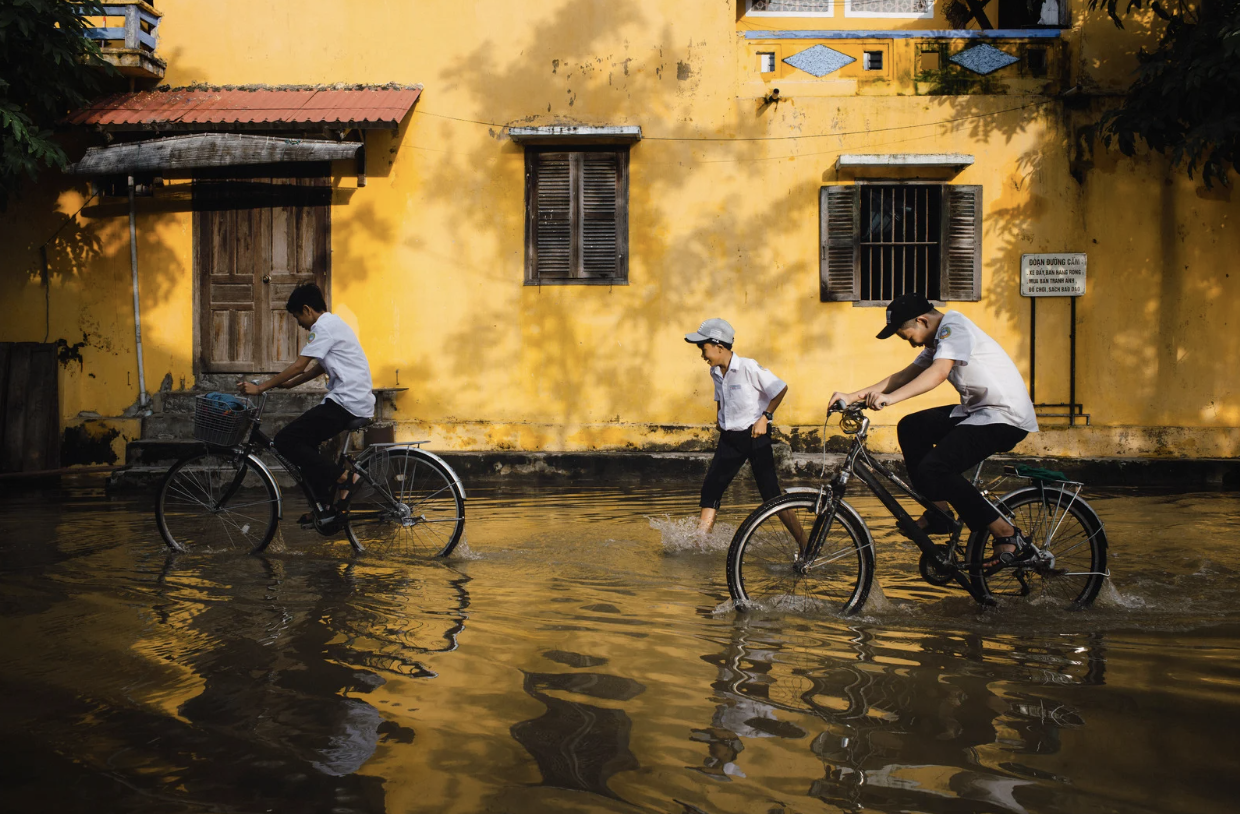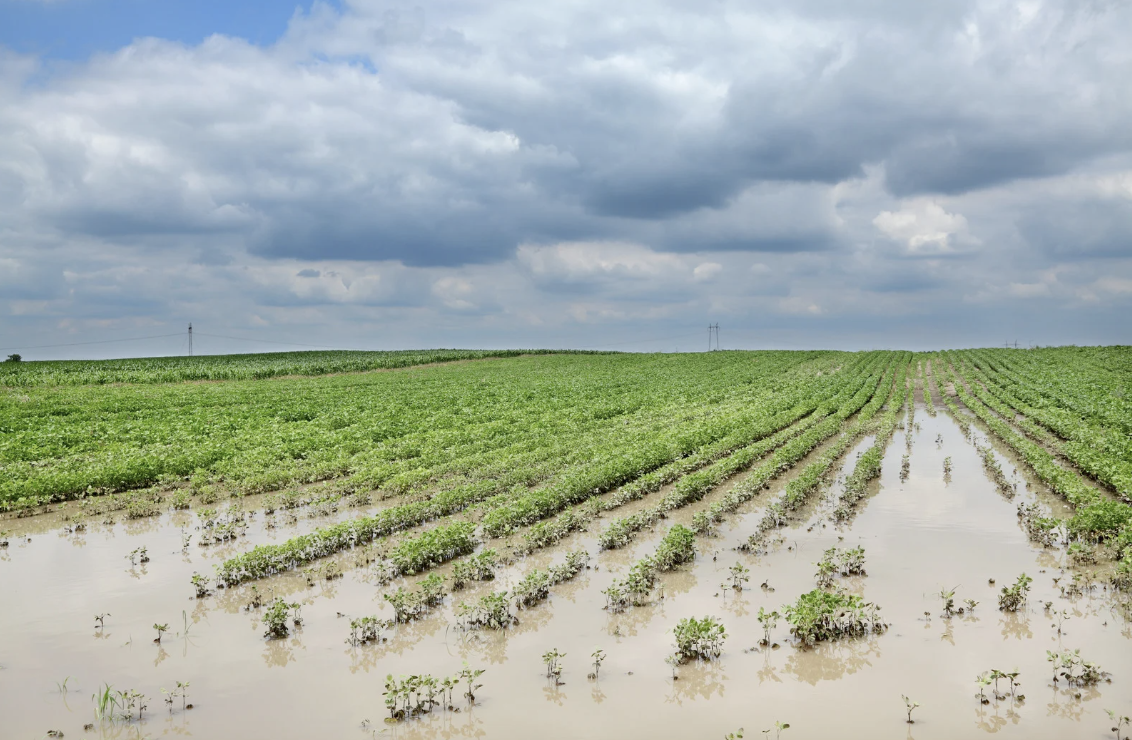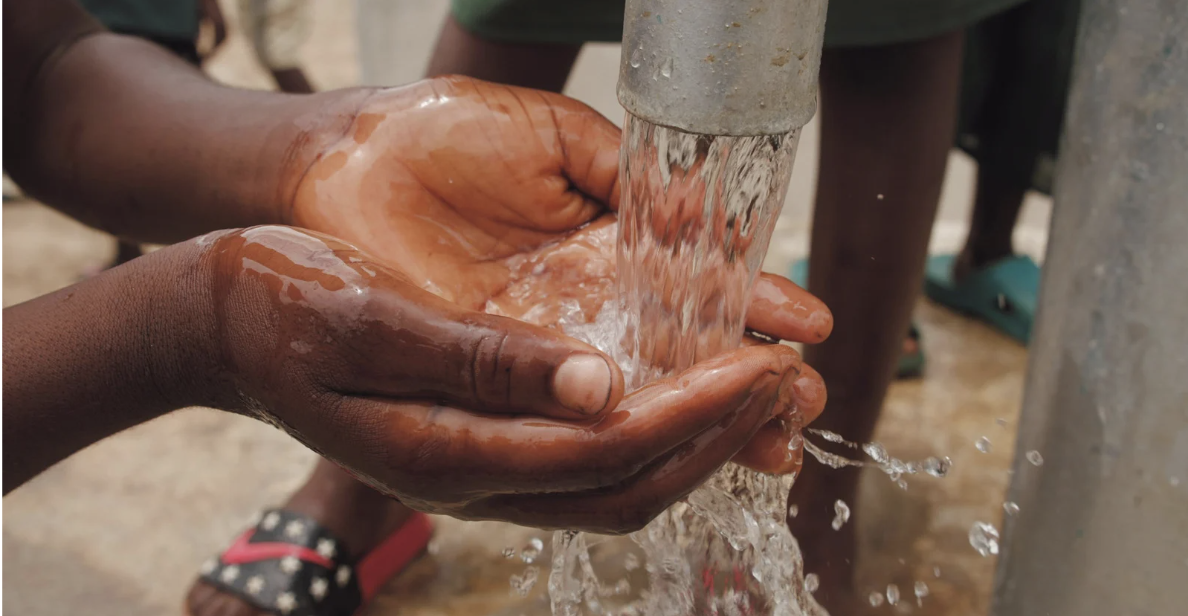



Across the globe, climate change is already disrupting lives and livelihoods, with nearly half of the world’s population, about 3.6 billion people, highly vulnerable to hazards such as floods, droughts, crop failures, heat stress, and food insecurity (United Nations, n.d.). As temperatures continue to rise, these risks are only set to grow.
Efforts to cut greenhouse gas emissions remain urgent and essential. But even under the most optimistic scenarios, extreme weather and climate shocks will continue for decades to come (European Environment Agency, 2025). That is why adaptation, the adjustments we make to prepare for and respond to these impacts, has become a central pillar of the global climate agenda.
Adaptation refers to the actions societies, ecosystems, and economies take to cope with actual or expected effects of climate change. In practice, it means everything from reinforcing infrastructure to withstand storms, to redesigning cities for heat resilience, to supporting farmers with drought-resistant crops.

Adaptation happens at many levels. Local communities play a frontline role: farmers adjusting planting cycles, municipalities redesigning drainage systems, and families shifting practices to protect health and water access. But adaptation also requires national policies, regional coordination, and global frameworks.Governments may need to relocate infrastructure threatened by sea-level rise, expand early warning systems, or create financial safety nets for vulnerable groups.
There is no single blueprint. Adaptation must be tailored to local contexts, accounting for geography, culture, governance, and socioeconomic conditions. What works in a coastal city will differ vastly from what is needed in a rural community.
The Earth has already warmed by around 1.1°C since the 1800s, and the consequences are visible (World Resources Institute, 2023). Europe is heating faster than the global average, with record-breaking heatwaves and floods. Across Africa, prolonged droughts are undermining food security. Small island states are contending with rising seas that threaten their existence.
With every fraction of a degree of additional warming, adaptation becomes harder and more expensive. The longer action is delayed, the more costly the damage. For global south countries, the stakes are particularly high. Many are heavily dependent on natural resources, face fragile governance systems, and have limited financial means to respond. Without adaptation, the impacts of climate change will put at risk the progress made in health, education, and poverty reduction.
Countries around the world are already putting adaptation measures in place to help communities with stand the impacts of climate change.
These cases highlight a key lesson: adaptation is most effective when it integratestechnical innovation with community engagement, policy support, and cross-sectoral collaboration.
Extreme weather events such as floods, droughts, and storms can have far-reaching impacts on health. Changes in rainfall patterns increase exposure to waterborne pathogens, driving up cases of diarrhoeal diseases. These illnesses remain among the top killers of children under five globally and disproportionately affect vulnerable communities with limited access to safe water and sanitation.
Adapting to climate change, therefore, is also about safeguarding health systems and reducing disease risks. This is where research-driven initiatives such asSPRINGS play a vital role.

SPRINGS is anEU-funded project bringing together researchers from multiple disciplines to investigate how climate change affects waterborne diarrhoeal diseases and what can be done to reduce the risks.
The project’s four case studies in Italy, Ghana, Romania, and Tanzania explore how climate hazards interact with local water systems and health vulnerabilities. By working closely with local authorities, utilities, and communities, SPRINGS is developing practical tools that support adaptation at the intersection of climate, water, and health.
Key contributions include:
Risk mapping and modelling:predicting how pathogens behave in rivers and streams under different climate scenarios.
Early warning systems:providing decision-makers with timely information to prepare for disease outbreaks linked to floods or droughts.
Water Safety Plans: integrating climate risks into frameworks that utilities already use to ensure safe drinking water.
Capacity building: working with local stakeholders to co-develop solutions that reflect both scientific insights and community realities.
By embedding health into climate adaptation planning, SPRINGS ensures that strategies are not only about infrastructure resilience but also about protecting lives.
Adaptation has become essential for communities facing the impacts of climate change. From coastal cities to rural villages, every region faces unique challenges that require tailored solutions. Projects like SPRINGS show how adaptation can bridge science and practice, connecting global challenges with local realities. By focusing on the link between climate change and waterborne disease, SPRINGS helps ensure that adaptation strategies protect the health and well-being of communities in Europe and Africa.
References:
European Environment Agency. (2025, June 10). Climate change impacts, risks and adaptation. https://www.eea.europa.eu/en/topics/in-depth/climate-change-impacts-risks-and-adaptation
Global Center on Adaptation. (n.d.). What is climate adaptation? https://gca.org/what-is-climate-adaptation/
United Nations. (n.d.). Climate adaptation. UnitedNations. https://www.un.org/en/climatechange/climate-adaptation
World Resources Institute. (2023, March 20). Top findings from the IPCC climate change report 2023. https://www.wri.org/insights/2023-ipcc-ar6-synthesis-report-climate-change-findings